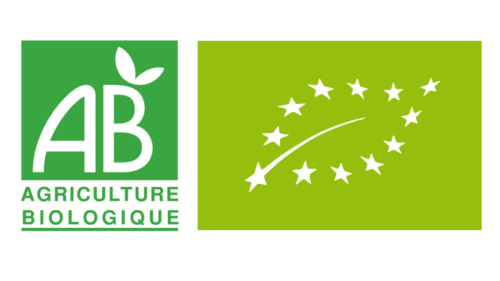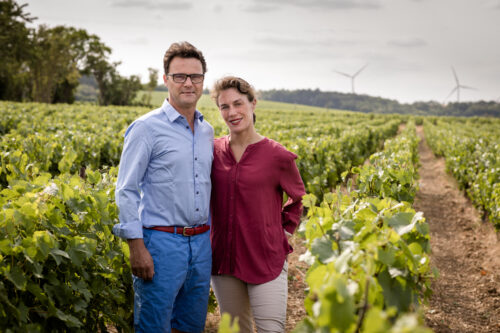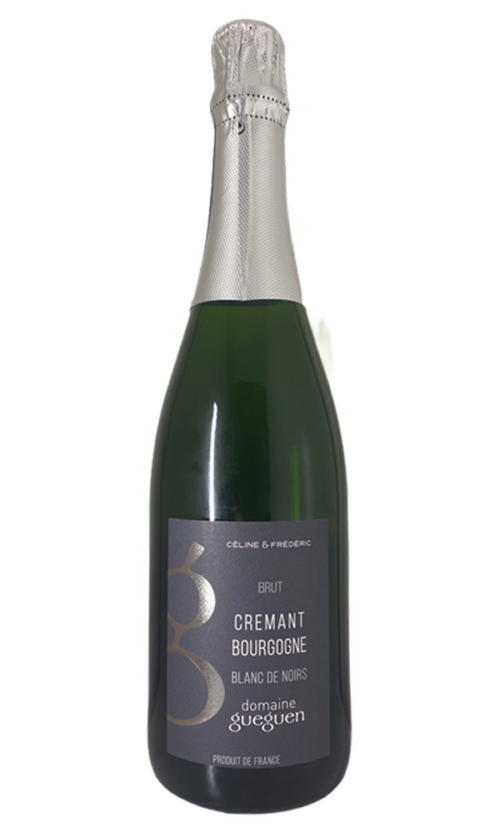
Domaine Gueguen, Crémant de Bourgogne NV
Domaine Gueguen, Crémant de Bourgogne NV is an elegant Crémant de Bourgogne, made 100% from Pinot Noir which brings the whole complexity and finesse of this Sparkling wine. Hand-harvested in the village of Saint-Bris, the heart of Burgundy. A bright and limpid yellow colour with gold reflections. Beautiful shine with fine bubbles. A fine and fresh, fruity first nose, marked by notes of pear, reinette apple, and almonds. A few floral and spicy notes provide additional complexity A perfect Crémant for the aperitif, which can also be used as a starter with light and fine dishes such as oysters, scallops à la plancha or as a main course on a sole meunière. This Crémant is serious competition for Champagne without the price tag of some high-end Blanc de Noirs. Lovers of bubbles is a must-try from a small production.
Food pairing
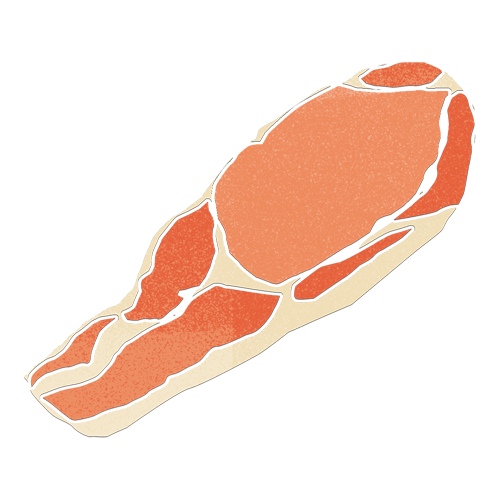
Cured Meat
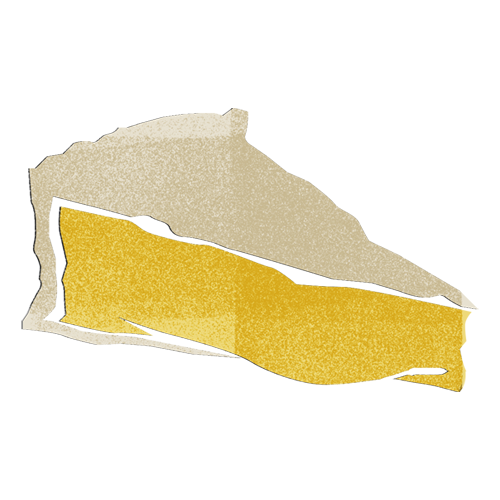
Delicate Buttery Cheese
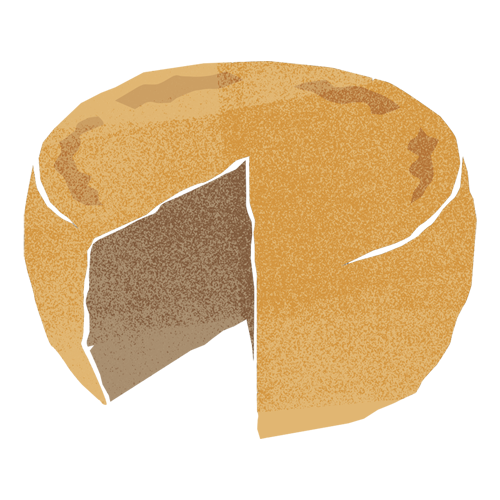
Dry, Salty Umami Cheese
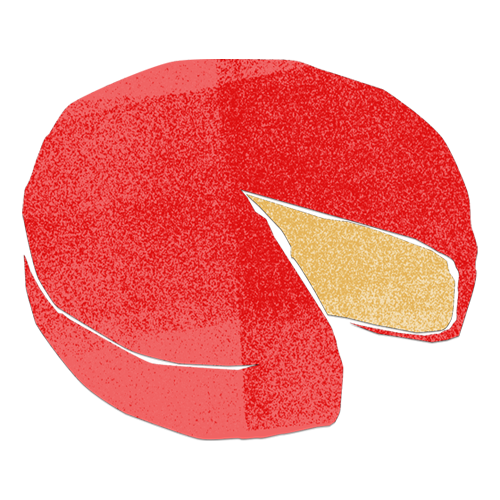
Fruity, Umami Cheese

Mollusk

Nutty Hard Cheese
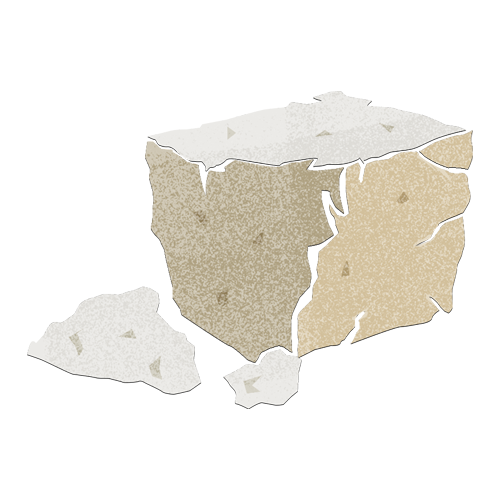
Salty, Crumbly Cheese


